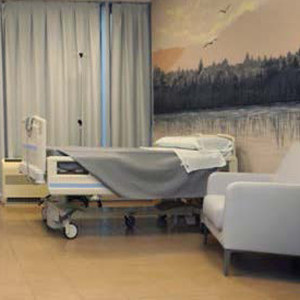 Smart Citations
Smart CitationsSee how this article has been cited at scite.ai
scite shows how a scientific paper has been cited by providing the context of the citation, a classification describing whether it supports, mentions, or contrasts the cited claim, and a label indicating in which section the citation was made.
When emergency medicine embraces palliative care
In Italy Emergency Medicine (EM) and Palliative Care (PC) are still considered two opposite disciplines with two opposite endpoints: saving lives for EM clinicians, and taking care of end-stage patients for palliative care physicians. According to the WHO, PC is “an approach that improves the quality of life of patients and their families facing the problem associated with life-threatening illness, through the prevention and relief of suffering by means of early identification and impeccable assessment and treatment of pain and other problems, physical, psychological and spiritual. [...]
How to Cite

This work is licensed under a Creative Commons Attribution-NonCommercial 4.0 International License.
PAGEPress has chosen to apply the Creative Commons Attribution NonCommercial 4.0 International License (CC BY-NC 4.0) to all manuscripts to be published.

 https://doi.org/10.4081/ecj.2022.11013
https://doi.org/10.4081/ecj.2022.11013





